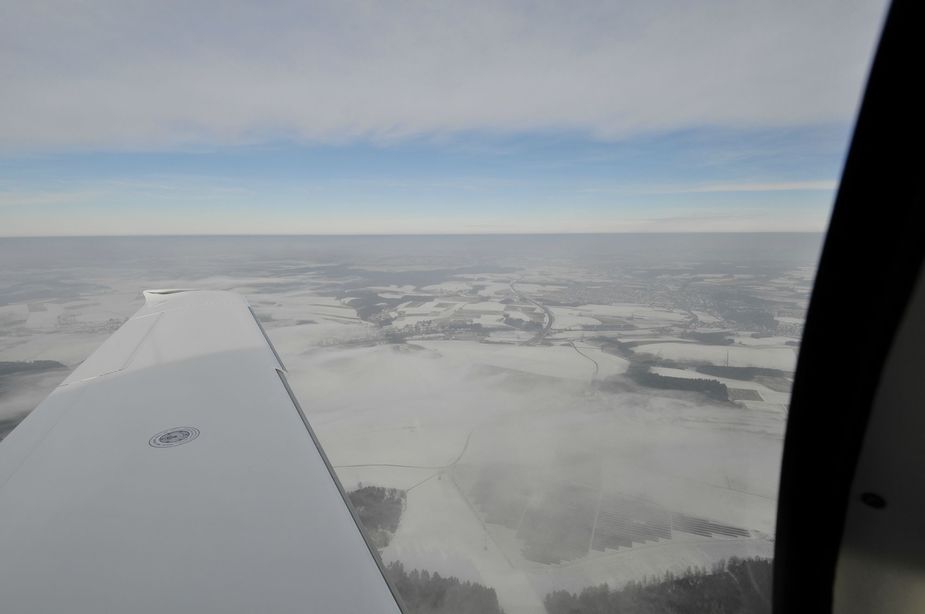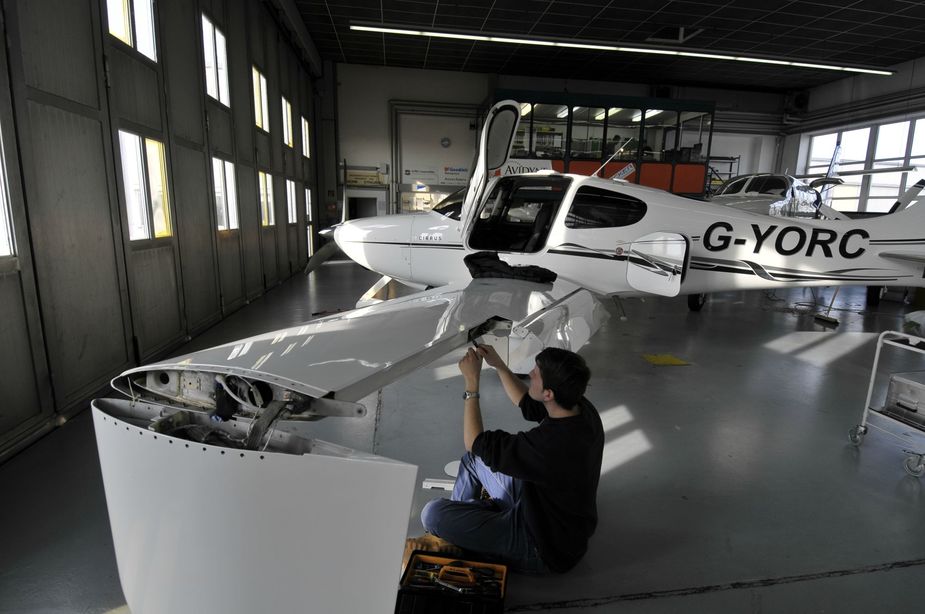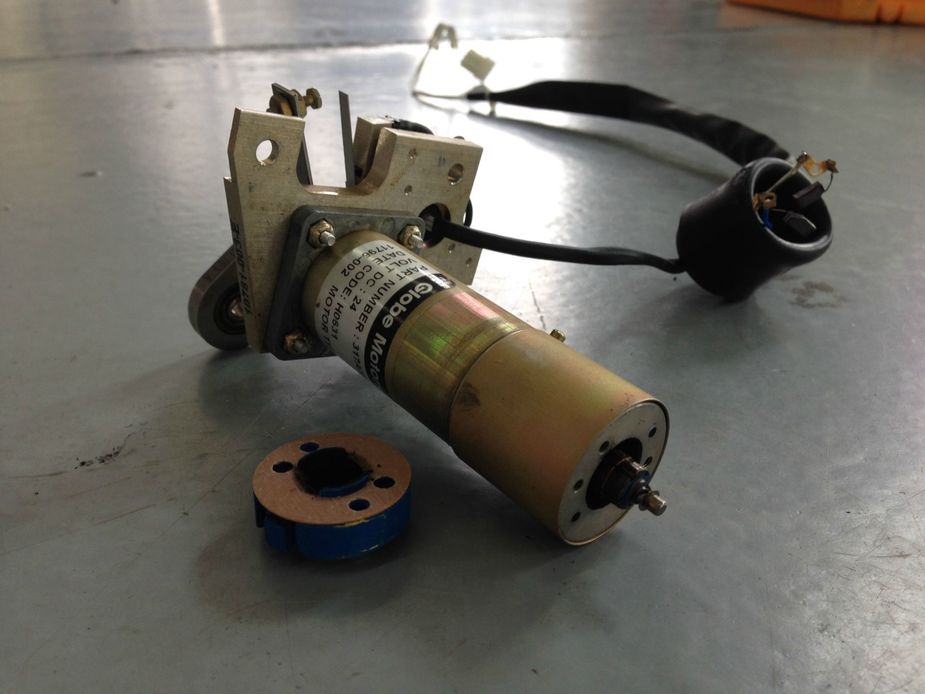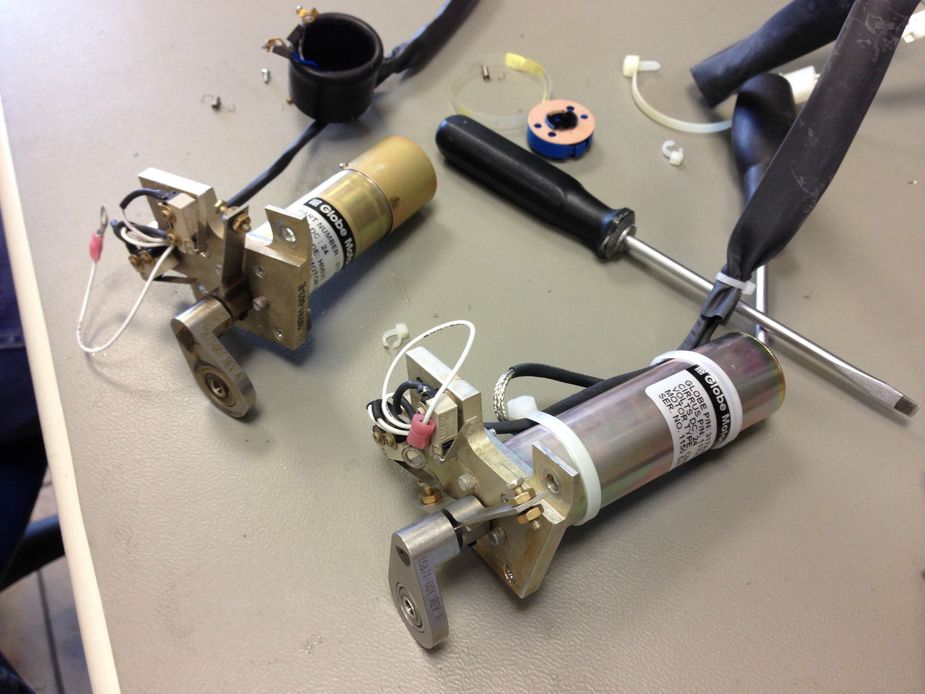I am getting confused here, in post no 147 you say
No, the so called anti servo tab is not moved by the trim wheel
but in post 149 you say
The tab is actually not independent of the stabilator but it’s movement can be controlled by the trim wheel to change it’s position in relation to the stabilator
Aside from discussing what the tab is called do we now agree that the tab is controlled by the trim wheel, so the PA28 trim system works as I said in post 145?
http://hhh.gavilan.edu/hspenner/Main/Manuals/pa-28-140-150-160-180-235-28r_smv2004.pdf
Yes, what i wrote in 149 is correct.
What’s not correct in the POH is that the tab reduces control forces. It CREATES control force so that there’s less risk to overstress the airframe.
This is the right explanation:
The anti-servo tab moves when the trim wheel is turned independent of the stab. This is done through a cable wrapped round a drum at the trim wheel and another just inside the tail fairing. The tab position does move relative to the stab as the stab moves up and down AND when the trim wheel is turned.
Every plane I have ever flown has the same elevator trim mechanism, whose parts (in essence) can be seen dismantled at the very end of this article. Except the horrible piece of junk called the PA38, and the SR20/22 which I have never flown “formally” and never looked at closely.
The jackscrew moves the angle of the trim tab, relative to the elevator. However that angle also varies with the position of the elevator itself. The overall result is a “servo tab” behaviour which acts as a negative feedback control system for pitch, and thus for airspeed. At least that is my own perverted way of looking at it 
I would be amazed if the SR20/22 had something different. What the 20/22 does not have is a normal trim wheel.
Does it have a visually inspectable trim position indicator? I can recall one fatal accident report, C182 I believe, where it was speculated that the autopilot got engaged at the start of the takeoff roll and wound the trim all the way back and the two pilots together did not have enough strength to overpower it (could not push forward hard enough).
I am probably unfair to the PA38 but they all had certain things in common: all were made c. 1980 and had been flying nonstop, and all were operated by a certain type of school which spent absolutely minimal money on everything. I used to find 20mm of water on the floor after a rainy night, plus a similar amount at the bottom of the fuel tanks, because the seals (door and filler caps, respectively) had perished.
Sorry Peter,
obviously my first answers were full of mistakes. Sorry. (after owning a PA-28 for 35 years ..) But what’s clearly wrong is that the PA-28 (or any Piper low wing) has a “servo tab”. It’s an ANTI SERVO TAB and it does not reduce but enhance control forces. And that’s also the main function of the tab, the plane is mainly trimmed by setting the zero positition of the stabilator.
Yes,
the SR20/22 have meechanical trim position indicators which are markings on the control columns. I’ll post a photo in a minute. The SR2x have NO trim tabs though. The trim only sets the elevators to the wanted position.
By the way: I like the PA-38 :-)
What’s not correct in the POH is that the tab reduces control forces. It CREATES control force so that there’s less risk to overstress the airframe.
We are both right about this in different ways.
In normal flight the anti servo tab provides an increasing force as you push or pull the control column. It tends to push the stabilator back to the neutral position.
When one moves the trim wheel it moves the tab to a new position, so the “neutral” position is in a different place.
The action of the trim wheel is entirely conventional in it’s function, so when the pilot changes configuration they can adjust the trim wheel to reduce the force (to zero) for the new configuration
I think we both know what we mean and we agree.
Yes, good explanation… I was going to explain some of this but then I didn’t know how to express it in english and didn’t. Right… the TRIM feature reduces the force in the traditional way a trim works, but once TRIMMED the anto servo tab will enhance control forces so you don’t overstress the elevator …
correct now? :-)
I think we always agreed on this but did not know it earlier! 
Some weeks ago we took out the pitchtrim servo at Avionik Straubing and they cleaned it completely from carbon dust and tested it on the bench, all ok. But I had another A/P disconnect on one of the next flights. So I decided to take out the rolltrim servo (it had more than 3.5 Volts when we checked) and Avionik Straubing ordered a new one. It arrived yesterday and although it was pretty foggy in the morning i flew over there to exchange the rolltrim servo now.
Of the two motors on the bench the right one is the new one (“-06” version, old one was “-02”). It was clear that the motor is pretty worn out once the cap was off, and Martin (AS’s A/P specialist thought that an overhaul makes no sense). The whole job of taking the aileron off and replacing/testing the rolltrim motor took a little more than one hour only.
Here’s some pictures:





